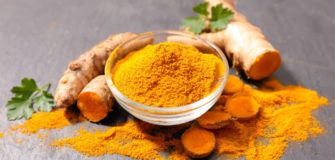Soak In The History
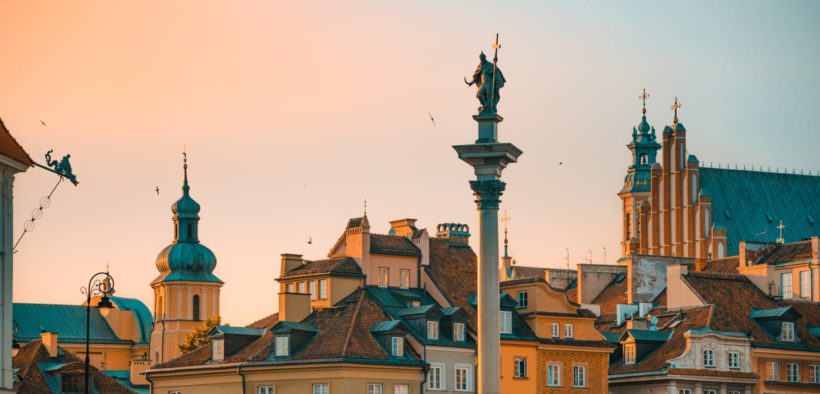
By Aatika H Jain
The mention of Poland often evokes dark memories of World War II. This ninth-largest European country has not only survived the war and the holocaust, but it has also emerged as a thriving tourist attraction steeped in history with striking landscapes, innumerable historic buildings, and rich cultural heritage. The country’s diverse landscape stretches from the Baltic Sea coast in the north to the scenic Tatra Mountains in the south, comprising dense ancient forests, beautiful lakes and rivers, and picturesque hills, grasslands, and deserts in between. Book a vacation to the vibrant and historic Baltic nation, and you will be left mesmerized.
Warsaw
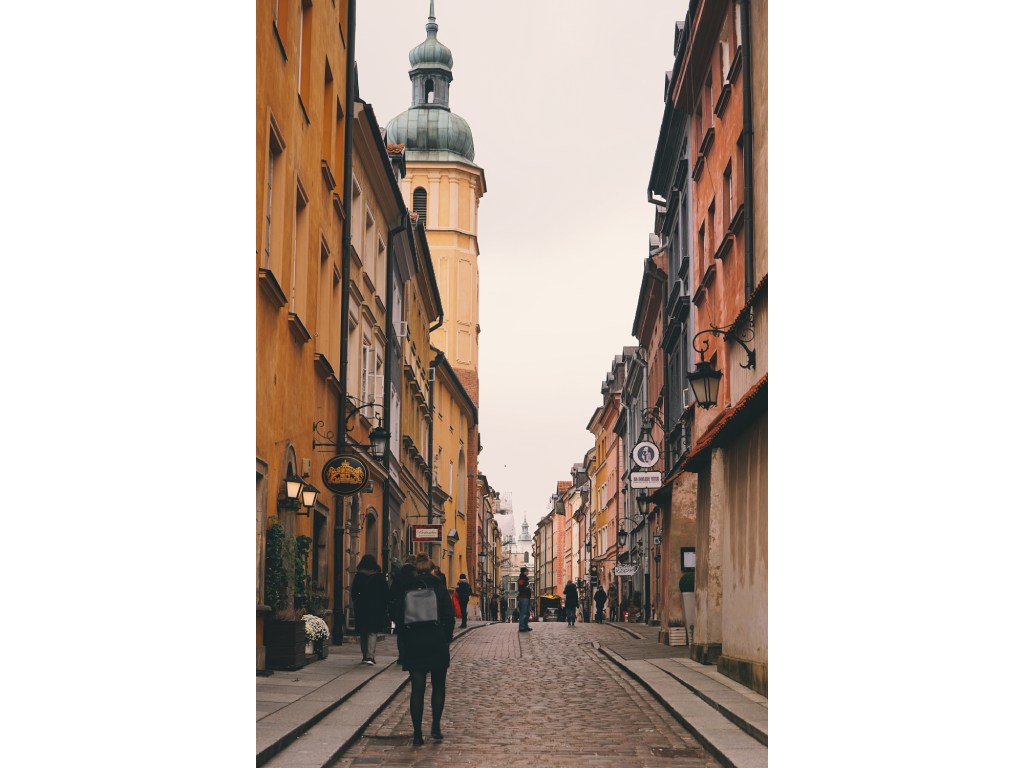
The best place to start is with the country’s capital, Warsaw. The 400-year-old city is the biggest in Poland and possibly one of the best in the whole of Europe. It is called the Phoenix City as the old town was almost entirely ruined in World War II; it was restored magnificently post-war in the style of the Classicist paintings of Canaletto. A UNESCO World Heritage Site since 1980, the city bore witness to not only the gruesome holocaust but also to the grandeur of the Polish-Lithuanian Commonwealth of the early modern age, when it was the capital of the largest European empire. This is evident in the plethora of historical sites, buildings, and museums the city houses.
It also has places associated with the Nobel Laureate physicist and chemist Marie Curie and the famous composer and pianist Frédéric Chopin. Commonly called the Royal Route, the most popular street in the city features many historical landmarks such as churches, parks, palaces, elegant townhouses, and the Warsaw University. The street gets its royal tag because of three palaces—the grand Royal Castle, which was the official residence of the Polish royalty, the Lazienki Palace located in the eponymous park and Wilanów Palace. Parks take up a quarter of the space in the city; the Royal Baths Park/ Lazienki Park, built in the 17th century on 76 hectares in the city centre, is the biggest and the most beautiful. You can’t possibly see this awe-inspiring medieval and neoclassical city in a day or two. Don’t forget to check out the Palace of Culture and Science, Warsaw Rising Museum, POLIN Museum of History of Polish Jews, St Anne’s Church, Old Town Market Place, and Copernicus Science Museum.
After every war someone has to clean up. Things won’t straighten themselves up, after all. Photogenic it’s not, and takes years. All the cameras have left for another war.
–Wislawa Szymborska,
Polish Nobel Laureate, The End and The Beginning
Tricity
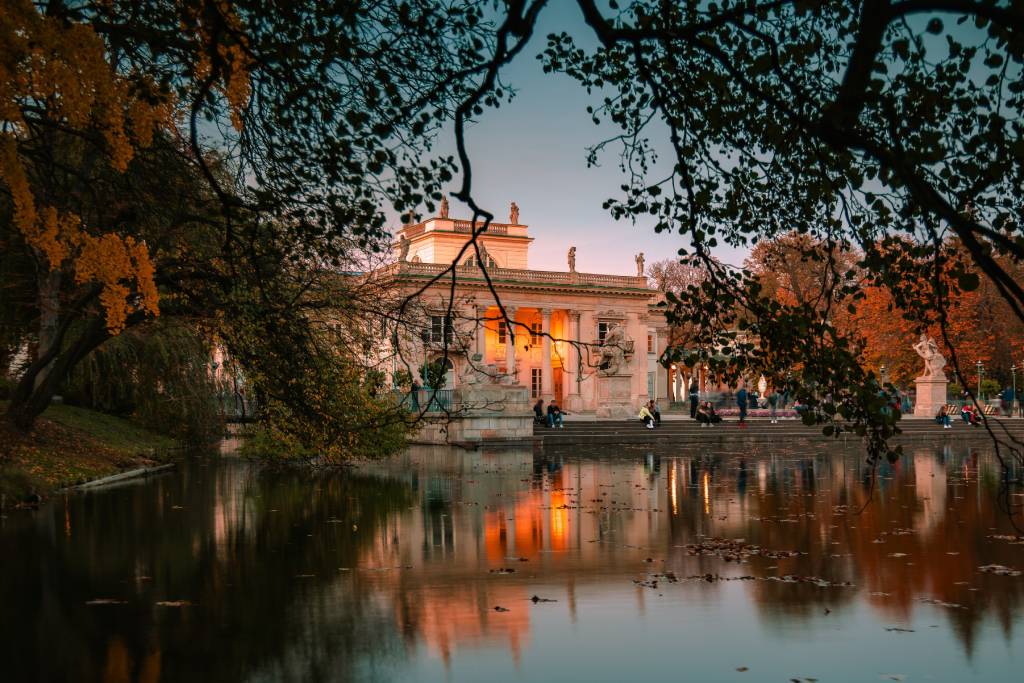
In north Poland on the coast of Gdansk Bay in the Baltic Sea, in Pomerelia, lie the three stunning cities of Gdansk, Gdynia, and Sopot, which form Trojmiasto or Tricity. The cool climate and crisp air here will make you feel invigorated. Monciak in Sopot is a hip street crammed with pubs and restaurants. Put on your hiking shoes to trek through forests to the Pacholek Hill in Gdansk, and you will be rewarded with a spectacular view of the Tricity, the Baltic Sea, and the Hel peninsula.
Visit St Mary’s Basilica, St Catherine’s Church and the Fountain of Neptune in Gdansk. After a fill of the historical monuments, it is time to head to the soft, white beaches of Tricity. Brzezno Beach, Gdynia Beach, Sopot Beach, Jelitkowo Beach and Stogi Beach are some of the places you can go for a quick dip, sunbathing, water activities and some yummy seafood.
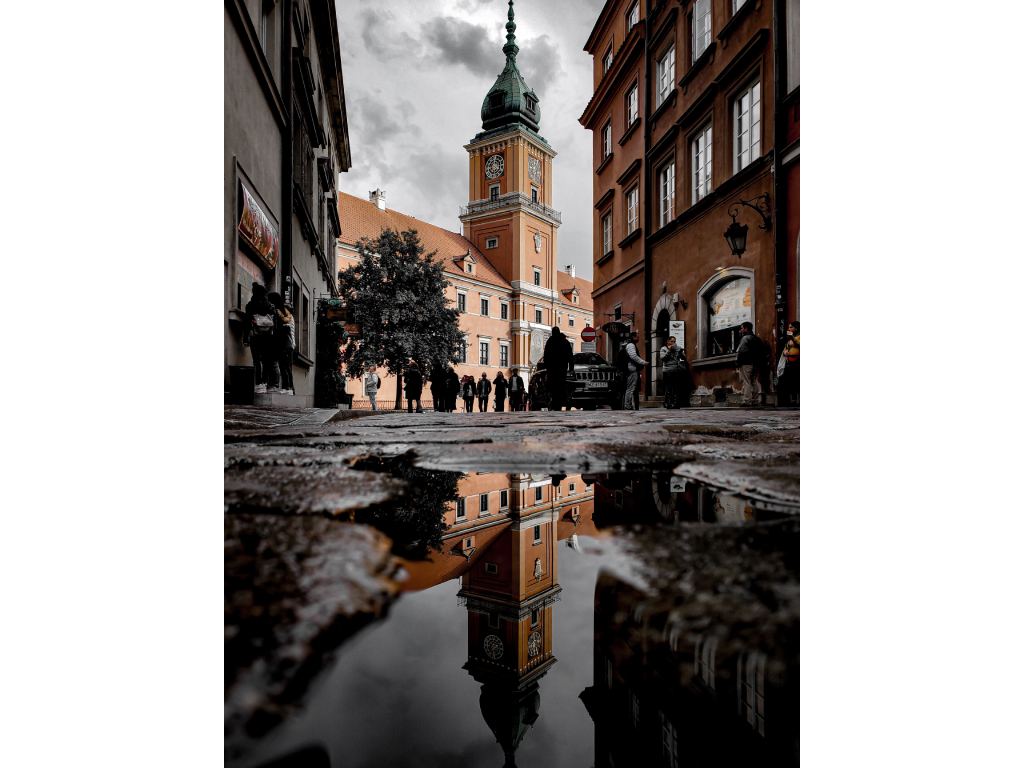
Krakow
The second-largest city in the country is also one of the cheapest in Europe. One of the most visited cities, it is the country’s cultural capital and boasts remnants of the Polish Golden Age of the Renaissance. The centre is a UNESCO World Heritage Site and houses art galleries, posh pubs and restaurants, charming old churches, historical monuments, and the biggest European medieval market square that contains the iconic Sukiennice (Cloth Hall)—a trading station of the Renaissance period, and the famous 14th-century Gothic church, St Mary’s Basilica.
Around 14km to the southeast of Krakow is the natural masterwork of Poland—the Wieliczka Salt Mine, another UNESCO World Heritage Site, which has been open to visitors since 1722.
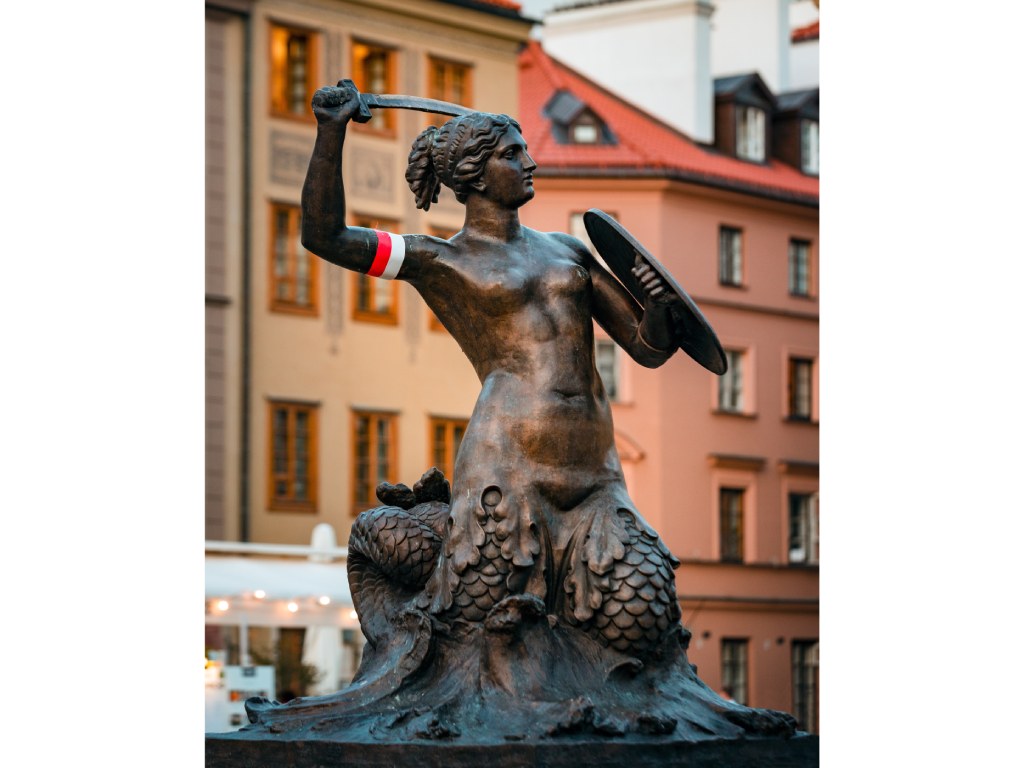
The cavernous mine goes deep, as far as 140 feet underground and consists of nine levels. It is said that walking through the mine feels like travelling to the centre of the Earth. The grand chapels, spacious chambers with statues, monuments and chandeliers made up entirely of salt, and spectacular underground lakes will leave you spellbound.
Do visit the breathtaking, multihued St Francis Basilica; the famous factory- turned-museum of Oskar Schindler, the Nazi German who saved more than a thousand Jews during the holocaust; the quaint Kazimierz district, which is another UNESCO World Heritage Site; the towering St Joseph’s Church; and the Auschwitz-Birkenau Memorial and Museum.
You can lose yourself in the tranquillity and sheer beauty of the lush ‘Polish Alps’—the breathtaking Tatra Mountains; climb down to the quirky mountain town of Zakopane at the foot of the Tatra Mountains
Cuisine
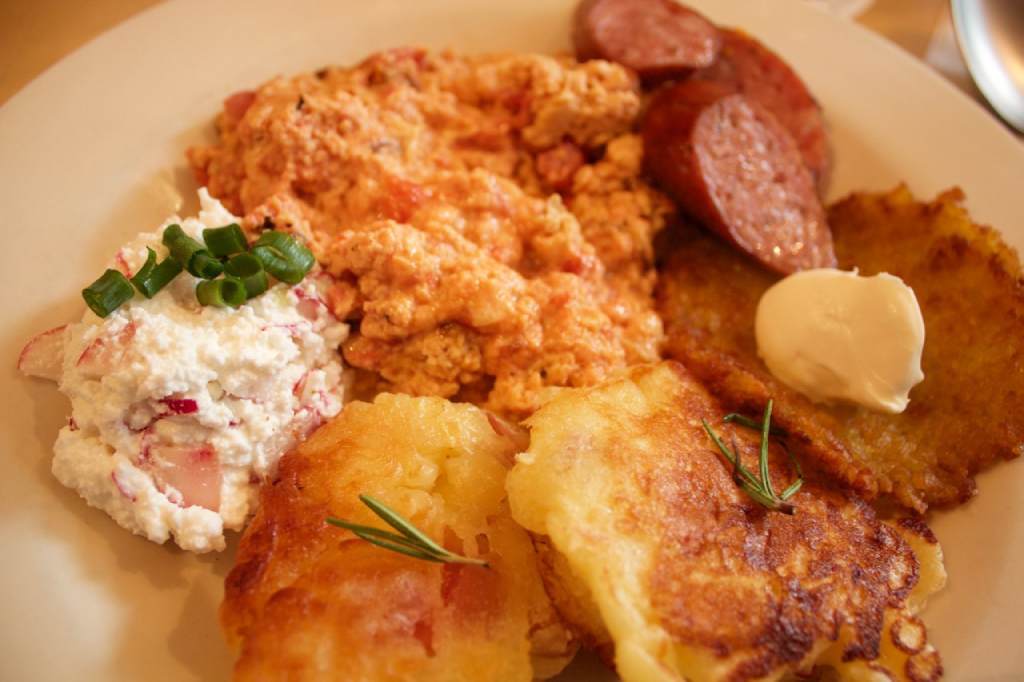
Poland’s rich eventful history has led to a diverse cuisine with influences from cuisines in Central Europe such as Austrian, German and Hungarian along with the Turkish, Italian, Jewish and French cuisines. It is also very similar to its Czech and Slovak neighbours. Polish cuisine uses a lot of meat, including pork, chicken, and beef, along with several types of vegetables, herbs, noodles, grains, and spices. It is rich because of the generous use of butter, cream, and eggs, with a lot of seasoning.
Start your day with a healthy breakfast of fresh, velvety cottage cheese with spring onion and fresh warm Polish bread. A popular Polish dish is Pierogi or Polish dumplings in which the dough is rolled out thin and stuffed with a variety of fillings, including mushrooms, meat, sauerkraut, fruits such as cherries, blueberries or strawberries, boiled potatoes coupled with fried onions, buckwheat, and sweet cottage cheese. Commonly served at Christmas time, these melt-in-your-mouth dumplings will make you crave for more.
The most widely loved soup in Poland is an easy-to-cook Rosól or chicken soup made of small leek, chicken, onion, cabbage, parsley and green celery seasoned with just salt and pepper.
The scrumptious Golabki or cabbage roll is a traditional Polish dish in which white cabbage leaves are filled with rice, onion, minced pork/mutton/chicken and mushrooms and fried in fat.

Herring is traditionally served in Poland either with oil and garlic or with sour cream and pickled onion, which is a great combination if you like your fish with strong flavours.
Another traditional Polish dish is the tasty Bigos or Hunter’s stew, which is made of finely chopped sauerkraut, cabbage, different kinds of meat and sausages, onion, prunes, mushrooms and spices, and is cooked for many hours or sometimes even for days.
And that’s not the end of the list. There are many more mouthwatering Polish dishes to sink your teeth into, such as the delicious kielbasa or Polish sausage, oscypek or smoked cheese made from sheep’s milk, zurek or sour rye soup, makowiec, or poppy seed pastry, napoleonka ice cream pie and sernik or cheesecake, to name a few.
Poland is a flourishing country with a rich, eventful history, picturesque landscapes, remarkable historic sites, and a vibrant culture, to top it all. No matter where you choose to go, you will gain experiences here to cherish for a lifetime. And if you are a history buff, there is no better place to be.
ALSO READ ABOUT






